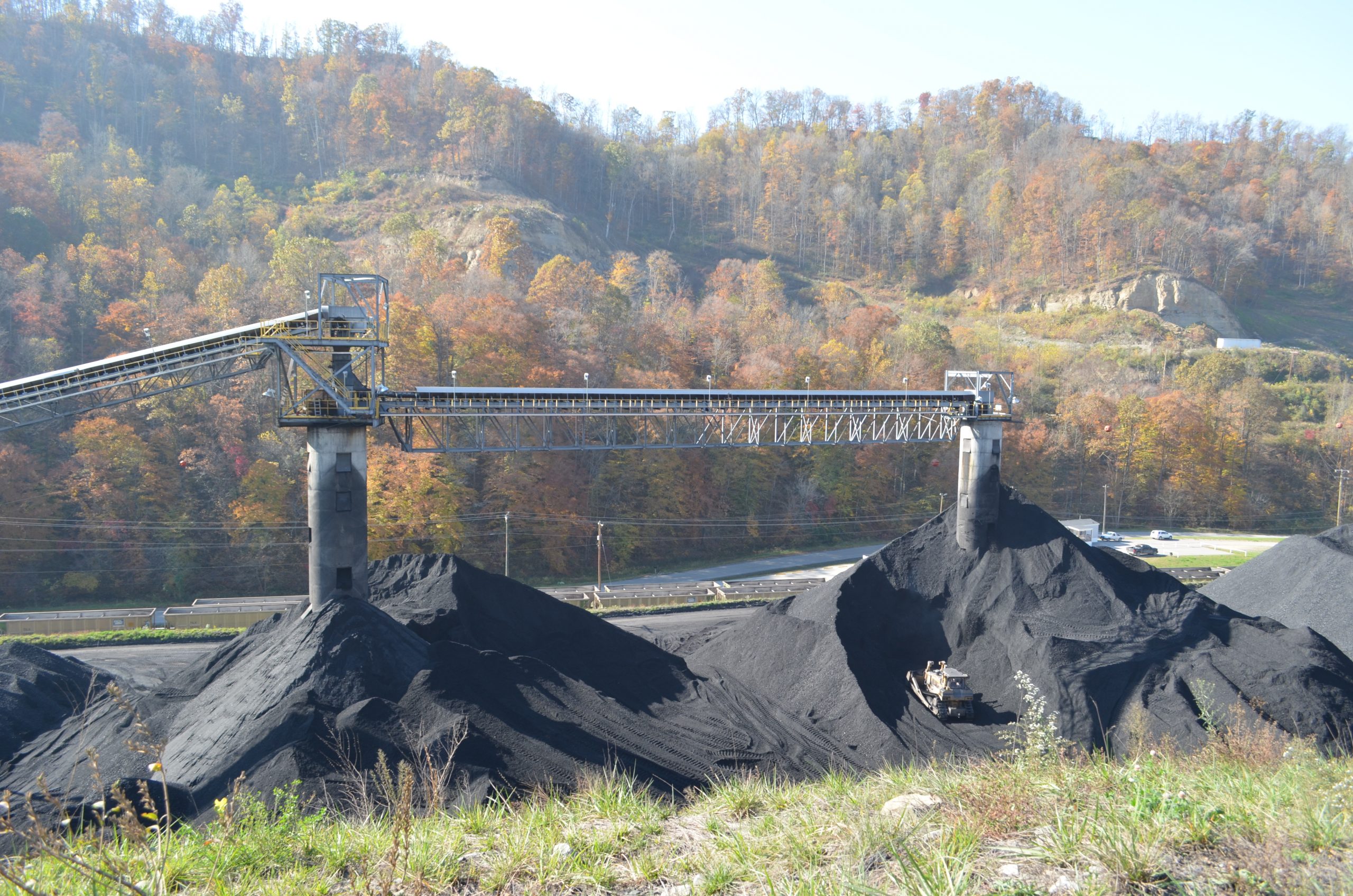Oil Resistant Conveyor Belting
Belting with cover rubber compounded for applications requiring resisitance to oils. Outstanding abrasion, ozone and weather resistance. Recommended for conveyor lines prone to swelling and sponginess due to contact with oils.
Product Range Details
SOR grade has excellent resistance for the toughest applications such as oil-treated coal, and petroleum based oils.
OR-200 grade has superior oil resistance to various kinds of animal and vegetable oil with cold temperature.
MOR grade is for moderate oil resistant operations like wood chips, linseed, cottonseed, and whole soybeans where static conductivity is needed.
High Abrasion Resistant Conveyor Belting
Conveyor belting designed for the ultimate resistance to abrasion. Equivalent to DIN-W grade with less than 90 mm³ abrasion loss and DIN-Y with less than 80 mm³ abrasion loss, these conveyor belts are developed to assure you of the longest belt lifetime. The combination of polyester in warp and nylon infilling provides technical low-stretch, high impact abuse resistance. Recommended for transporting abrasive materials, such as glass, cullet, granite, trap rock, etc.
Fire Retardant Conveyor Belting
Fire retardant conveyor belting designed for the service conditions of the mining industry. Suitable for mining, power plants, electric utilities, and coal cleaning plants. Different rubber compounds are available to meet your requirements.
Product Range Details
FR-1 grade is specially compounded rubber over rubber for the underground operation requiring fire resistance, static conductivity. The important characteristic is self-extinguishable cover rubber.
FR-2 grade is an SBR fire retardant cover rubber meeting FR standards. It provides a high resistance to wear and cold temperatures.
Heat Resistant Conveyor Belting
Performance proven heat resistant conveyor belting recommended to protect conveyor belting from surface cracking and hardening by heat from hot service applications like hot sintered ore, hot pellet, hot clinker, hot chemical, fertilizer and hot cement, etc. Heat and abrasion resistant cover rubber has been heat treated and dipped to minimize carcass shrinkage and heat aging.
Please see the table below to get an idea of your needs based on materials transported on belting.
Materials and Belt Surface Temperatures
| Materials Carried | Lump Size | Material Temp Carried °C | Material Temp Carried °F | Belt Surface Temp °C | Belt Surface Temp °F |
|---|---|---|---|---|---|
| Cement | Powder | 100 – 125ºC | 210 – 250ºF | 80 – 90ºC | 170 – 190ºF |
| Clinker | 10-30 mm (0.4 – 1.2 inch) | 100 – 220ºC | 210 – 440ºF | 100 – 110ºC | 210 – 230ºF |
| Coke | 100-200 mm (4-8 inch) | 70 – 100ºC | 160 – 210ºF | 50 – 60ºC | 120 – 140ºF |
| Metal Powder | – | 170ºC | 340ºF | 120 – 130ºC | 250 – 270ºF |
| Molding Sand | – | 200 – 250ºC | 390 – 480ºF | 80 – 90ºC | 170 – 190ºF |
| Raw Material | Below 30 mm (1.2 inch) | 180 – 220ºC | 360 – 410ºF | 100 – 120ºC | 210 – 250ºF |
| Return of Sintered Ore | Below 10 mm (0.4 inch) | 260ºC | 480ºF | 150 – 190ºC | 300 – 370ºF |
| Sintered Ore | 25-200 mm (1-8 inch) | 200 – 400ºC | 390 – 750ºF | 130 – 150ºC | 270 – 300ºF |
Heat resistant belts are best suited for conveying product that is over 60º (140º F). The surface temperature of heat resistant belting varies with the material type, belt speed, loading rate and size. To select the proper heat resistant belting, consider not only the material temperature to be conveyed but the surface temperature of the belt as well.

